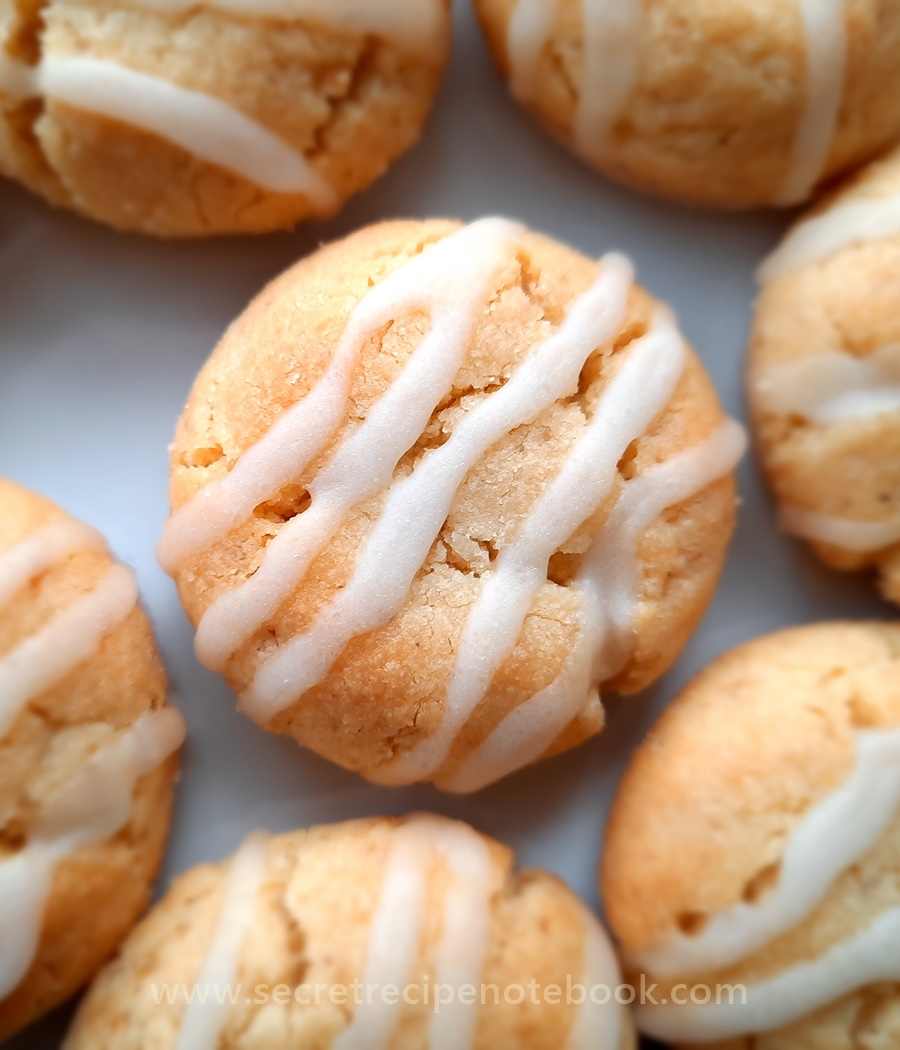Home > Gluten Free Baking Tips
Gluten Free Baking Tips
If you have a gluten intolerance, wheat allergy or you're gluten-free by choice, you already know that making quality gluten-free baked goods poses a particular problem. It' gluten that gives bread its elasticity and cakes their lightness.
There are gluten-free flours available in most large supermarket. The good news is that you can also use plenty of naturally gluten-free flour alternatives for cakes, breads, cookies and pastries.
The most popular gluten-free flours are following: RICE, BUCKWHEAT, OAT, CORN, MILLET, COCONUT, CHESTNUT, CHICKPEA, ALMOND, HAZELNUT etc.
Tips for baking gluten-free cakes
- Make your own blend of flours or ground nuts and flours. Adding tapioca flour to a blend increases softness and absorbency, which is ideal for lighter cakes and pastries. Gluten free oats and oat flours add texture, which works well in cookies and muffins. Nut flours such as almond, hazelnut and pistachio are ideal in a blend for dense cakes and cookies.
- Polenta has a grainy texture, but brings moisture to the cakes.
- Adding xanthan gum or guar gum replaces the elastic qualities that gluten-free flours lack. You can add 1/4 teaspoon to every 200g flour which will help to reduce the risk of your cake crumbling and falling apart.
- Adding more liquid that stated in the recipe may be necessary in order to rehydrate gluten-free flour.
- Baking the cake for an extra 5-10 minutes may be necessary, due to the extra liquid content. You can test if the cake is cooked by inserting a skewer into the centre to see if it comes out clean.
- Decreasing the temperature slightly and increasing the cooking time could diminish the risk of a burnt top as gluten-free bakes may brown quicker.
- Gluten-free baking powder is available to buy in supermarkets.
- Bicarbonate of soda is naturally gluten-free.
- Icing sugar is usually gluten free although it might contain starch as a bulking agent - typically cornstarch is used, but wheat starch could also be used.
- Oats don't contain gluten, but they are often prepared in an environment where wheat may be present so be sure to buy gluten-free oats.
Tips for baking gluten free breads
- As there is no gluten in the flour, no kneading is required. The dough is wetter consistency and it is more like batter than traditional dough.
- Make sure your bread is completely cooked before taking out from the oven. A cooking thermometer could be useful to check if it ready. The centre of the bread should be between 95°C-100°C.
- Gluten-free loaves continue to develop their structure until they are completely cool, so open the oven door and leave the loaf inside until it cools to room temperature.
Tips for baking gluten free pastries
- Add xanthan gum to gluten-free flour. It enchances elastic qualities that gluten-free flours lack, making it easier to work with and less likely to crumble.
- Add plenty of water to the gluten-free flour to prevent the pastry from becoming too dry when rolling out. It should be a little sticky before covering and resting in the fridge.
- Choose a chilled hard fat with a high melting point, such as butter.
- Resting the pastry is very important. This will give the flour enough time to absorb the water so it will become more manageable. Refrigerate for a minimum of an hour or overnight if preferred.
- When rolling the dough, do it between two sheets of cling film as the dough may be delicate, sticky and crumbly.
We are a participant in the Amazon Services LLC Associates Program, an affiliate advertising program designed to provide a means for us to earn fees by linking to Amazon.com and affiliated sites.














